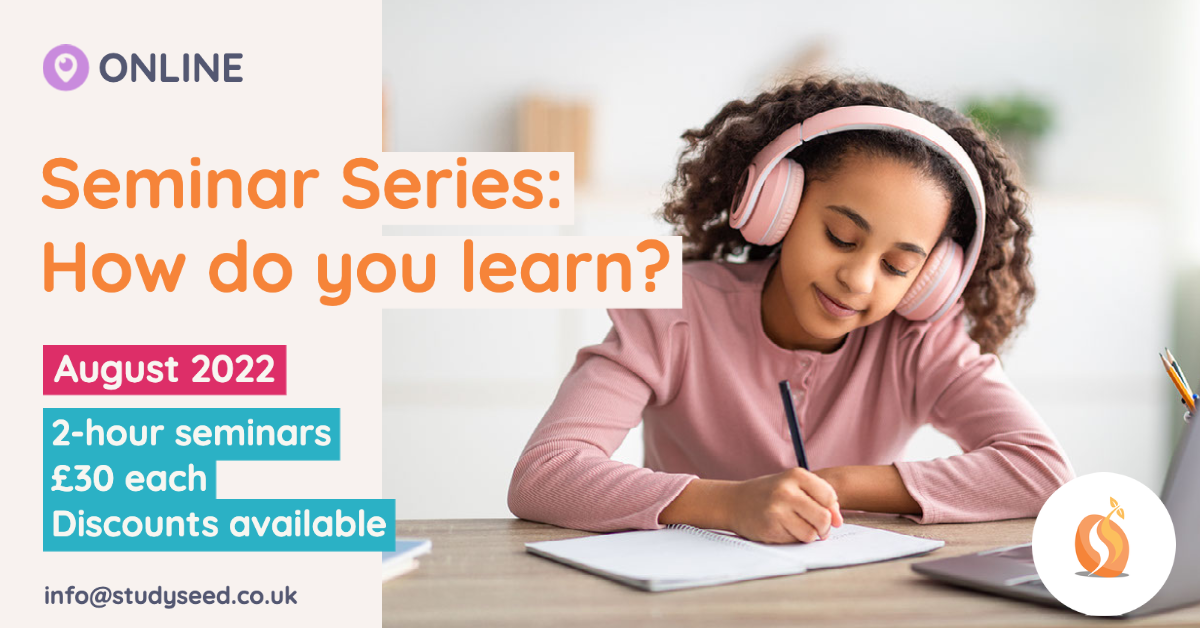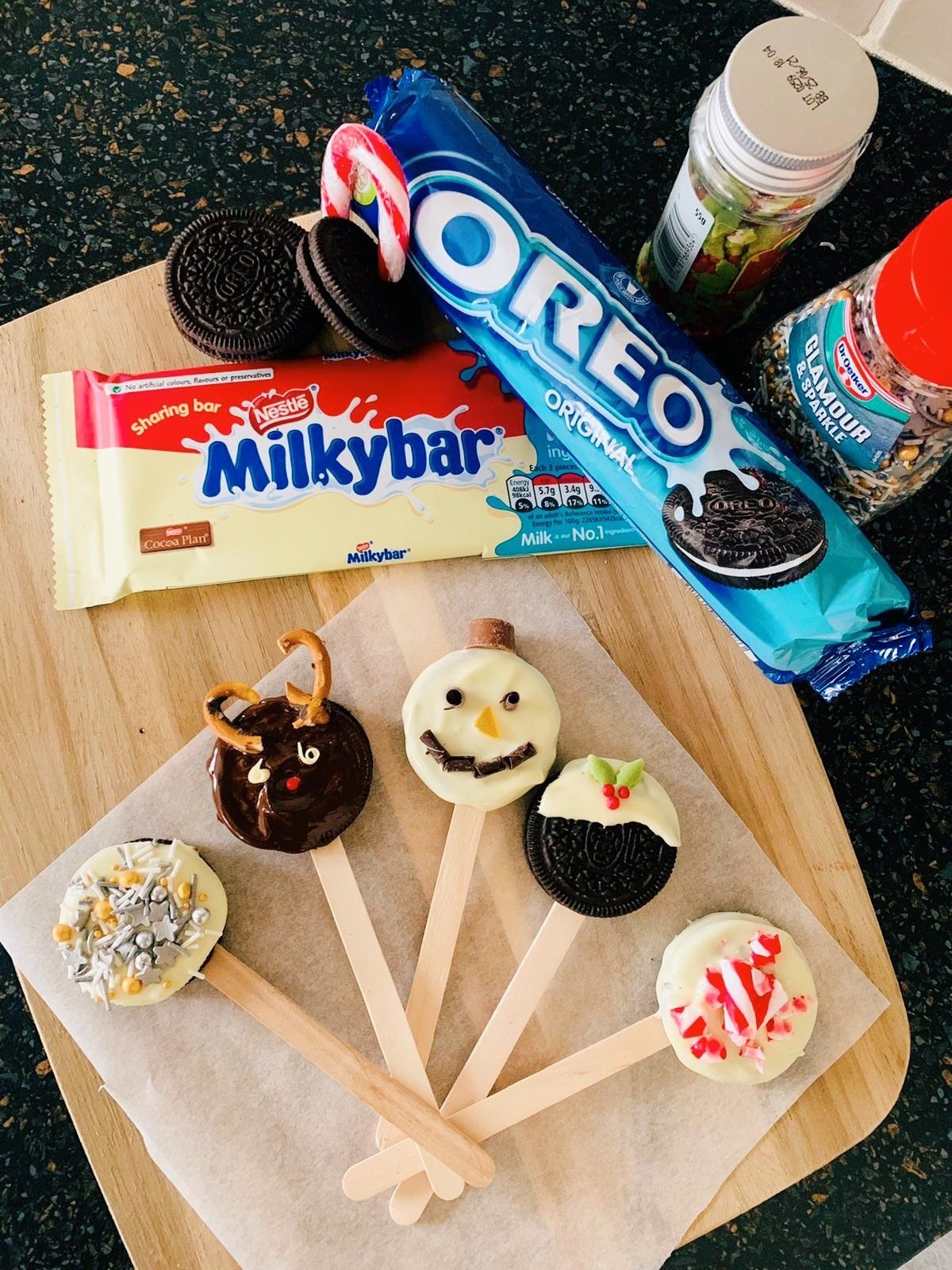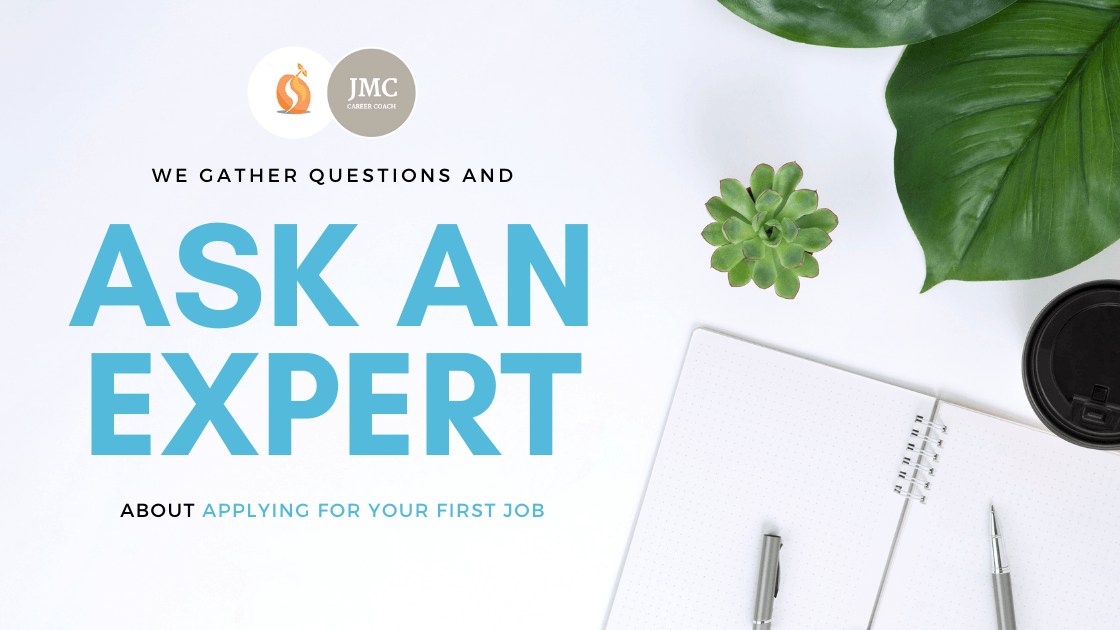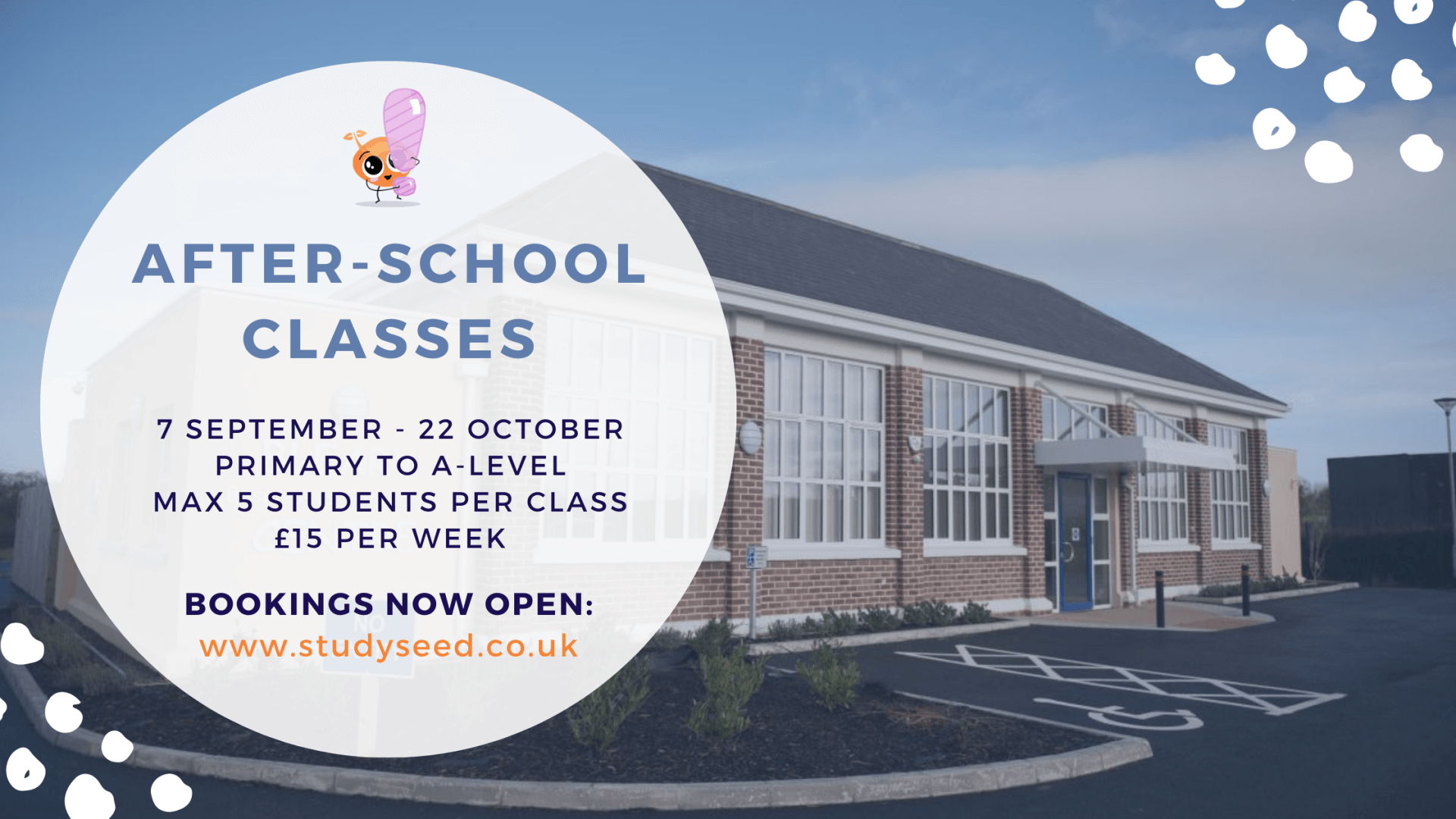Latest News

Note taking. It’s something that all students find themselves doing - but something that they often receive little guidance on how to do well . Good note-keeping should be concise, structured and organised. This guide is going to walk you through each of these aspects and explain how and why you should write your notes in a way that follows this approach. You can download our FREE note templates at the bottom of this page.
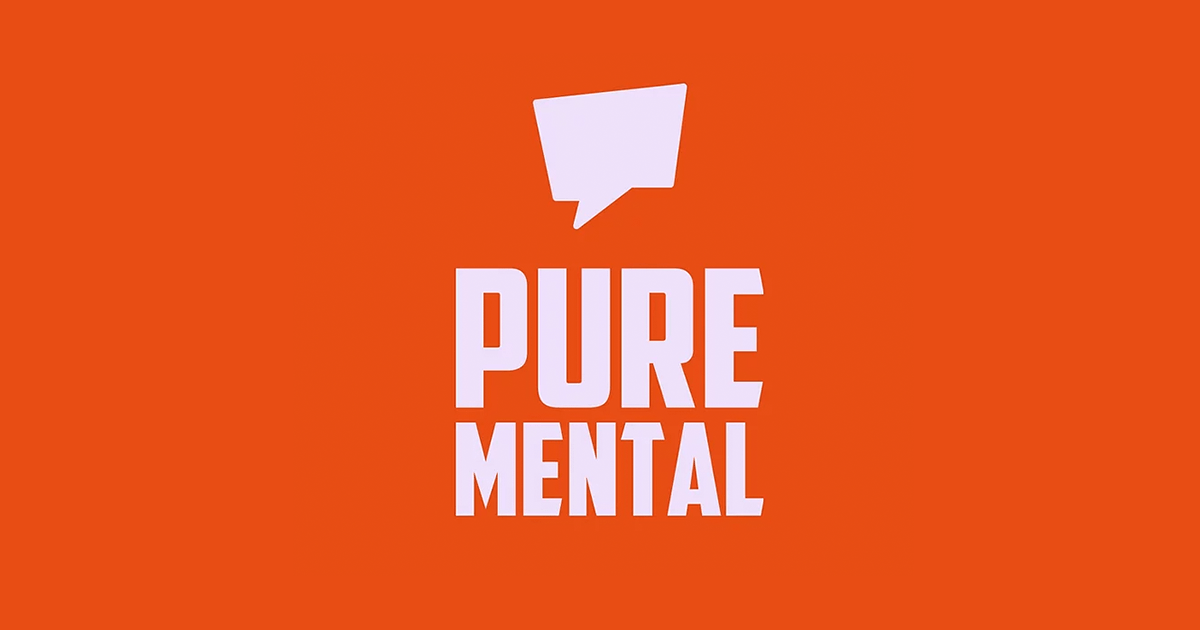
Pure Mental NI is Northern Ireland’s first mental health organisation to be founded and entirely led by students. It is currently ran by four teenagers - Jay Buntin, Matthew Taylor, Rachael Dobbin and Owen McClure - all of whom are passionate about addressing the mental health support issues within our education system.

For our latest research project, we’ve teamed up with Copper and Blue Ireland who are passionate about moth and butterfly conservation in the UK and Ireland. They have put together a fantastic presentation on moth trapping for beginners and have also shared photographs of some moths that they have discovered on their journey to catalogue the different species of moth that they have found so far.
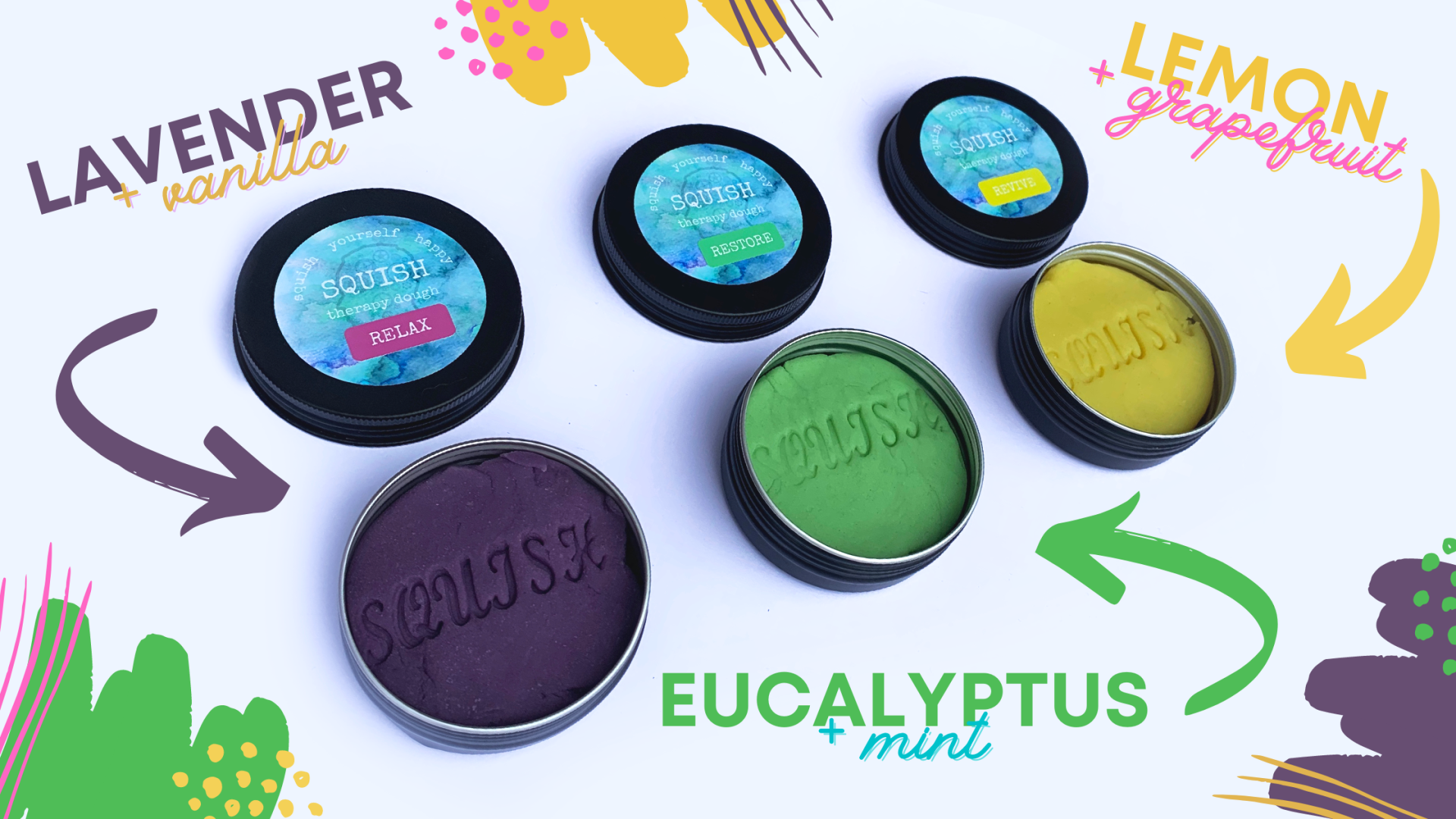
Playdough has long been seen as an effective tool for multi-sensory methods of teaching. For younger children, playdough provides children with an activity that is not only fun - but also beneficial for their cognitive and emotional development. Young children benefit from being able to see the immediate results that they get when manipulating materials through mediums such as playdough. The physical act of creating letters or shapes using playdough is particularly beneficial for kinaesthetic learners, who process new information best when able to physically interact with what they are learning. Physical actions, for kinaesthetic learners, are much more effective than simply reading over notes repeatedly and trying to absorb information that way. For our older kinaesthetic learners, we work through revision techniques that involve moving and manipulating physical information. This can involve simple processes such as writing out important information on Post-it notes and then rearranging the notes around on a board during recall exercises. We also use physical items to create a story that incorporates the information that the student is trying to remember for their test or exam - by attaching key facts to objects that the student can lift and handle, they are able to use their memory of handling these objects to reconstruct these facts in their minds during an exam situation. This is one reason why we’ve been very excited to try out Squish Therapy Dough, as it not only provides a medium for creating physical objects to use for memory recall, but students can also associate the different scents of the therapy dough with their learning. The company recommends bringing a tin of Squish to the exam so that you can take in the scent before entering the hall to recall the facts that you have associated with it. Squish is infused with aromatherapy oil and is currently available in Lavender/Vanilla, Eucalyptus/Mint and Lemon/Grapefruit. These scents make Squish a very different experience in comparison to traditional playdough - we’ve never been very keen on the artificial scent that traditional forms of playdough leave on your hands after using it. The aromatherapy oils in this dough are designed to calm, relax and stimulate - not only when learning, but also when practicing mindfulness during periods of anxiety or worry. For many of our older students, we can see how Squish can be a calming revision aid to incorporate into stressful revision periods. The benefits of playdough as a medium for creative expression and emotional release have long been documented within the literature surrounding children’s play therapy. Playdough provides an outlet that is open-ended by nature, encouraging children to develop their cognitive and emotional skills with it in increasingly creative ways. Playdough has also been advocated as an excellent medium for promoting calmness and relaxation by directing children’s focus towards the appearance and texture of the dough itself. In mindfulness exercises, children are encouraged to take a few quiet moments to observe how the dough feels in their hands in terms of weight and temperature, to examine the colours in the dough and to describe the scent of it. For older students and adults, the physical act of kneading and manipulating playdough can provide a needed distraction and serve as a grounding mechanism. This is particularly enhanced by the aromatherapy oils in Squish. One aspect of Squish that we particularly appreciate is the sophisticated packaging, which doesn’t look out of place sitting on a teenager or adult’s desk.
Free Resources

Note taking. It’s something that all students find themselves doing - but something that they often receive little guidance on how to do well . Good note-keeping should be concise, structured and organised. This guide is going to walk you through each of these aspects and explain how and why you should write your notes in a way that follows this approach. You can download our FREE note templates at the bottom of this page.

For our latest research project, we’ve teamed up with Copper and Blue Ireland who are passionate about moth and butterfly conservation in the UK and Ireland. They have put together a fantastic presentation on moth trapping for beginners and have also shared photographs of some moths that they have discovered on their journey to catalogue the different species of moth that they have found so far.



